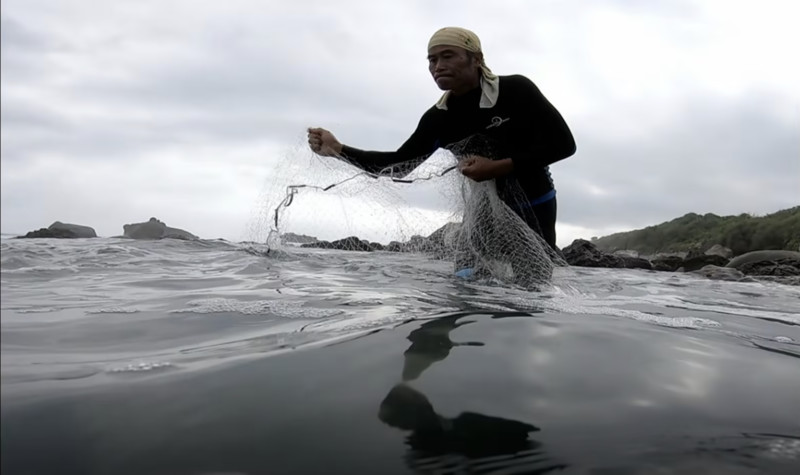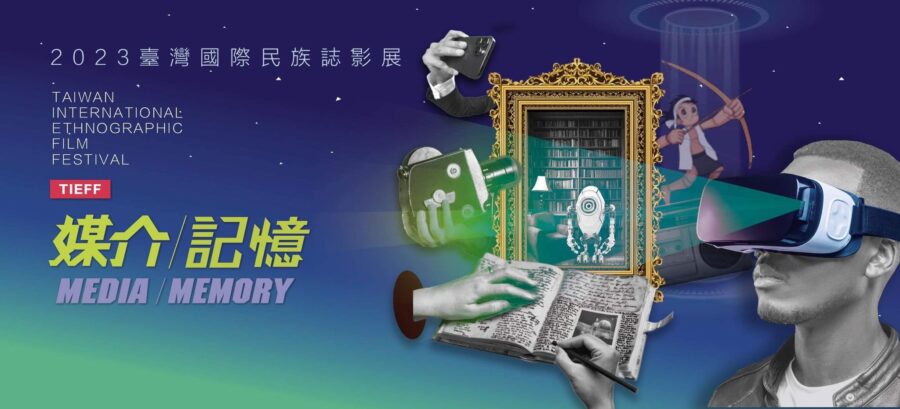Lives and Deaths between Ebbs and Flows

The Amis people of the coastal areas have maintained a tightly knitted relationship with the ocean, and this co-existence helps both humans and the ocean to mutually define each other. An intertidal zone is such a place where the Amis people interact with the ocean. Between the ebb and flow of the tides, there is Masia’c, an Amis word used specifically to describe a tidal phase without any equivalent Chinese translation; when the rising tide has reached its fullness and is about to retreat, schools of fish searching for food in the intertidal zone begin to panic, comes the best time for the Amis people to cast the net and catch the fish. Fish risks its life in the intertidal zone for survival, just like the Amis people gamble on their survival, casting the net with high hopes and expectations. In the end, either the fish dies or the humans survive. Masia’c is basically a gigantic marine casino interwoven with various forms of life and death, opportunities and luck, excitement and losses. As the villages located in the peripheral regions of the dominating society, the relationship between the villages and major cities is similar to the intertidal zones and the ocean. Just like some Amis people who dwell in the sea of the urban areas return to the intertidal zone in villages during specific seasons to take up cultural nutrients, when their time is up, they must leave the village and return to the sea of the urban areas. Indeed, some youngsters may be captured by cultural traps and stay, however, will these youngsters who came to the intertidal zone and stayed make it or will they gradually die out?
